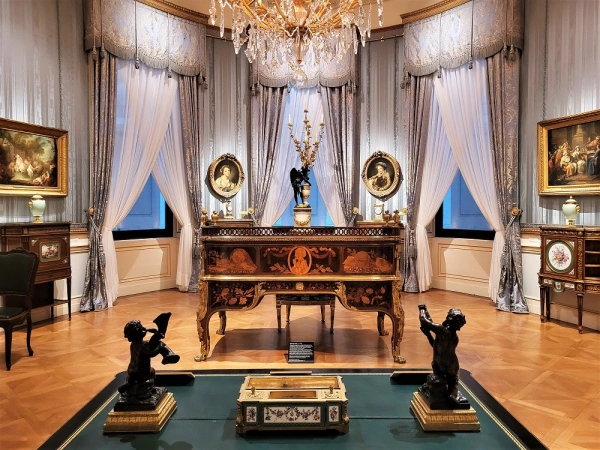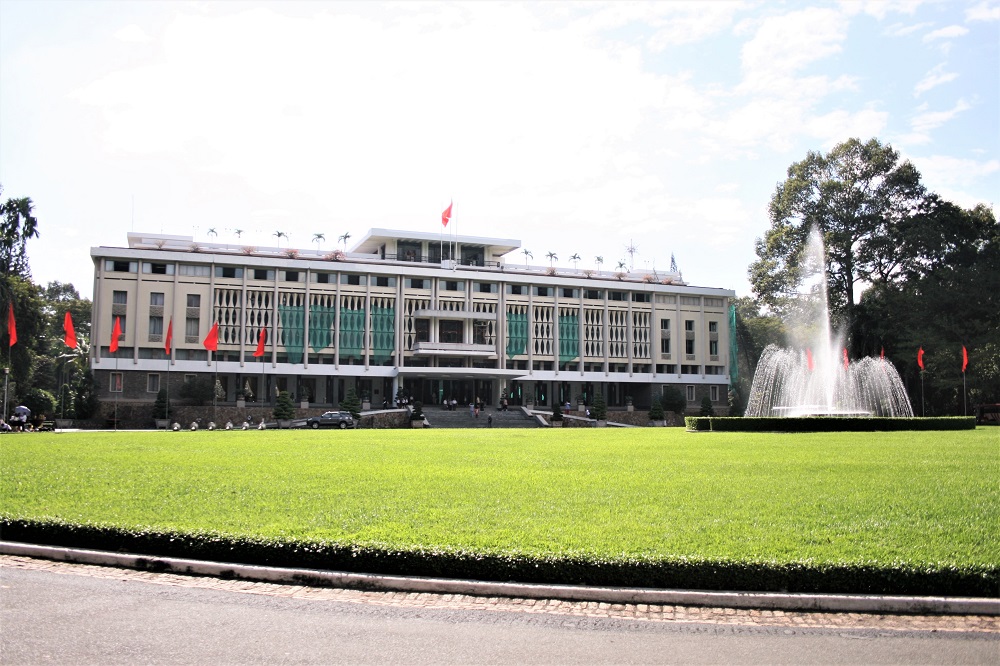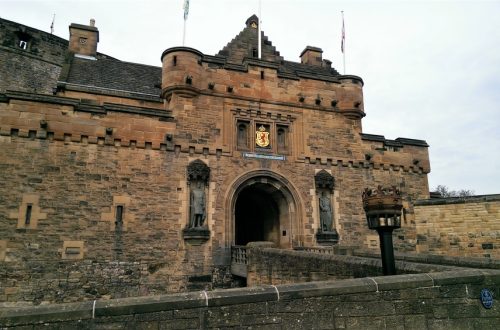I first heard about The Wallace Collection years ago when I was writing a secret guide to Marylebone for a magazine I was working on at the time.
As part of the feature, I was interviewing locals to find out their favourite spots in the area and one woman I talked to mentioned The Wallace Collection.
Intrigued, I decided to check it out the following Saturday and discovered an utterly delightful collection of art, porcelain and furnishings inside a magnificent mansion.
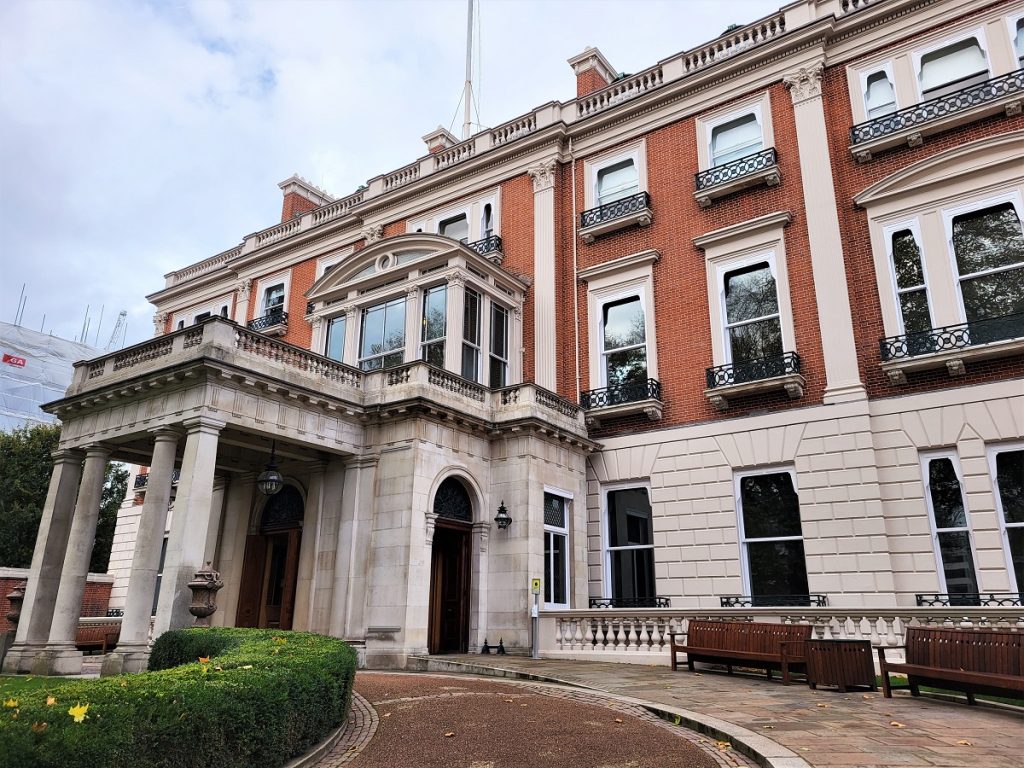
The Wallace Collection is a collection of European artworks, furniture and armoury amassed by the 4th Marquess of Hertford and his probable son Sir Richard Wallace in the 19th century.
At the time, the Hertfords were one of the richest families in Europe and split their time between Paris and London.
When Sir Richard’s widow, Lady Wallace, died in 1897 she left the enormous collection to the nation on condition that it remained intact.

Three years later, the Wallace Collection was opened to the public at the Hertfords’ former London mansion, Hertford House in Marylebone.
The collection, which includes works by the likes of Rembrandt, Gainsborough, Canaletto and Velazquez, is showcased in 25 glorious galleries.
On stepping inside Hertford House, I made my way into the front state room, a sumptuous room filled with portraits and ornate furniture (above). It was an early taste of what was to come.
The mansion’s front and back state rooms were the most important and grandest in the house, and they were where the family would greet their visitors.
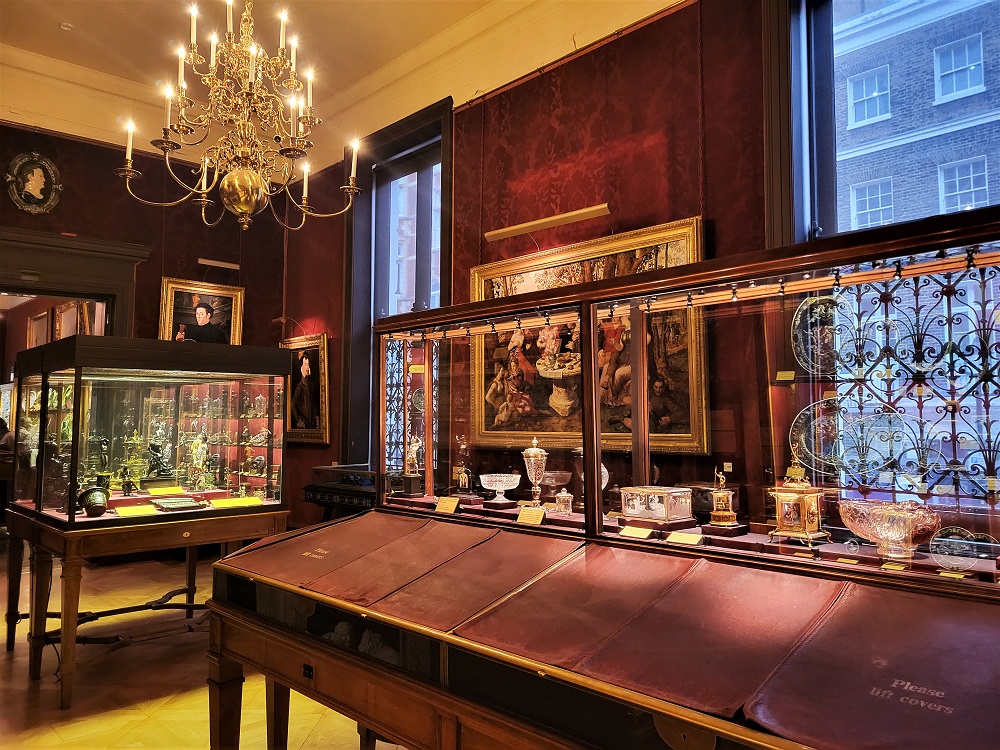
I headed into the long gallery next door, which boasts artworks and artifacts from the Medieval and Renaissance periods, including some beautiful silver and glass objects (above).
The gallery leads onto the smoking room, where Sir Richard Wallace would entertain his male guests after dinner.
Today the room is home to yet more Medieval and Renaissance art, and the cabinets are filled with Italian Renaissance maiolica.

My favourite objects in the collection are these two Chinese incense burners that date from the end of the 17th or early 18th century (above), which take pride of place in the centre of the room.
During Sir Richard’s day, the entire room was decorated with blue and white tiles, which despite being Turkish in style, were made in Stoke-on-Trent.
Although most of the tiles were taken down in 1937, you can still see some of the original tiles in the alcove at the far end of the gallery (above).
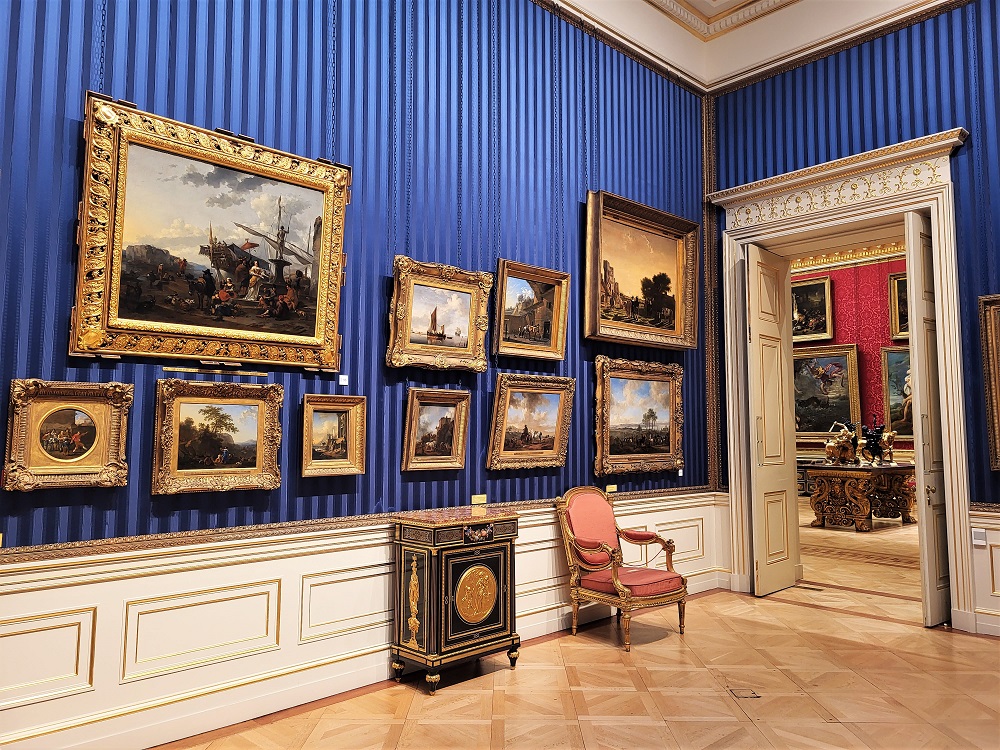
Next to the alcove, there’s a small staircase leading to the first floor and the museum’s east galleries (above), which house much of the collection’s Dutch art.
From there, I made my way into the great gallery (above). The impressive, eye-catching room was built in the mid-1870s to showcase the collection’s most notable works of art.
Its walls are adorned with French, Italian, Spanish, Flemish and Dutch art from the 17th century and includes works by Rubens and Velazquez, as well as the collection’s masterpiece, The Laughing Cavlier by the Dutch artist Frans Hals.
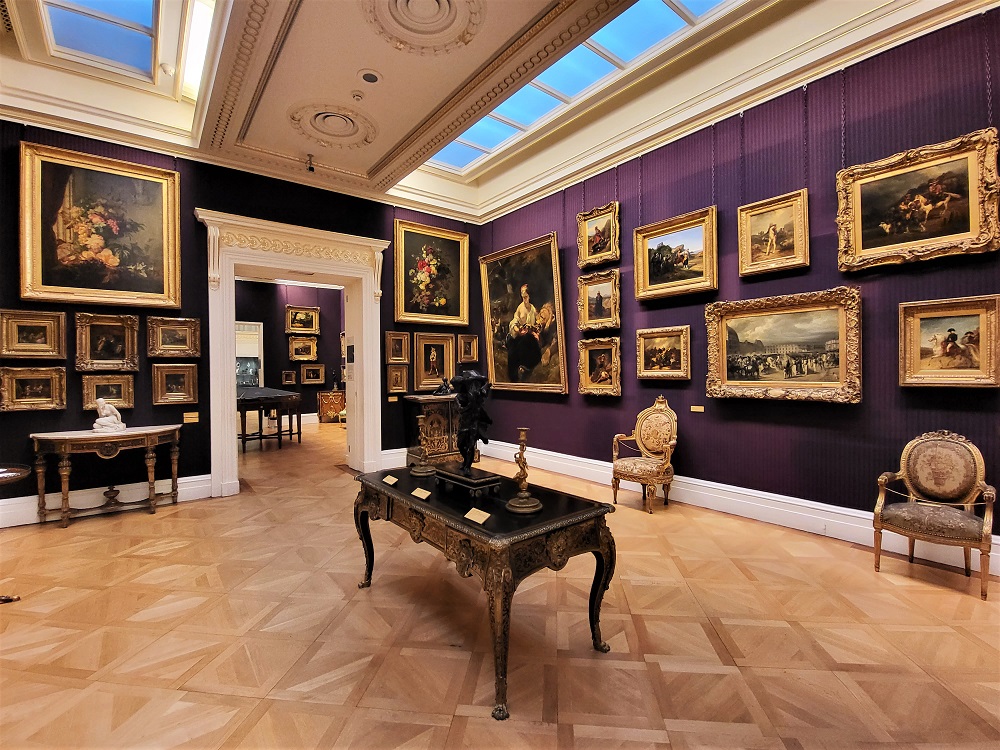
The far end of the great gallery leads to the west galleries, a series of rooms featuring 19th century pieces by British, French and Venetian artists.
The first room features a series of paintings depicting Napoleon (above), while the second focuses on British and French works from the 1820s.
The third gallery is one of my favourite rooms in the house, displaying Venetian art by the likes of Canaletto and Francesco Guardi (above).
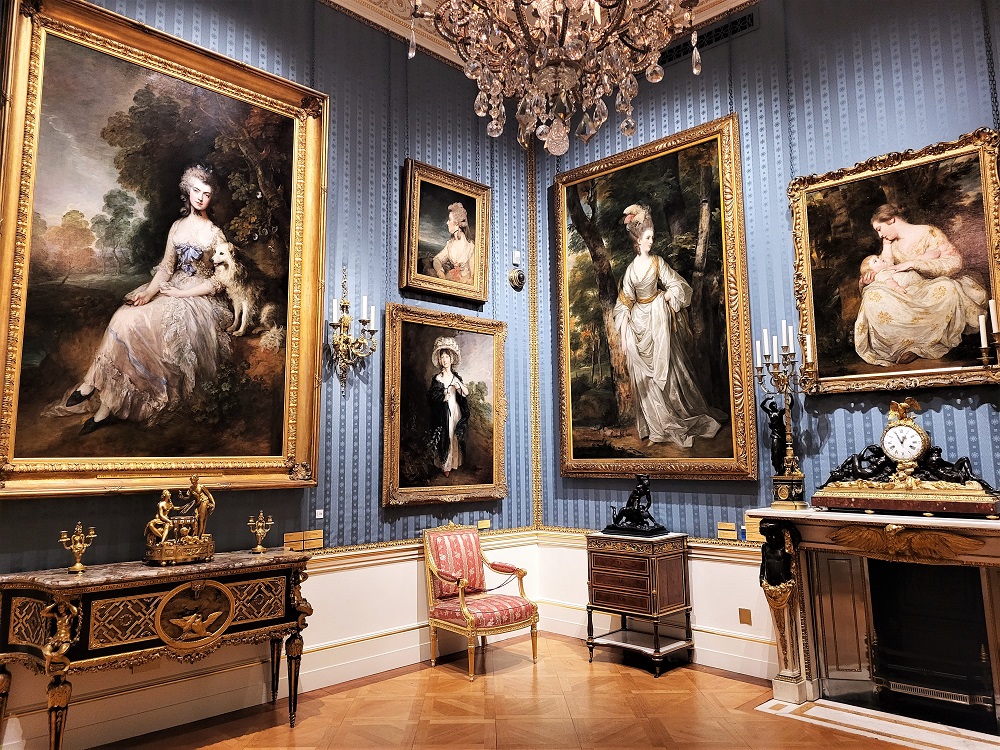
The galleries culminate in the west room, a small room that’s adorned with 18th century British portraits by Thomas Gainsborough and Sir Joshua Reynolds, among others.
All the portraits depict women and the most ubiquitous face is that of the 18th century English actress and poet Mary Robinson, also known as Perdita, who’s the subject of three portraits.
From the west room, I made my way into the boudoir, a small attractive room filled with late 18th century French furniture, including this lovely wooden desk (above).
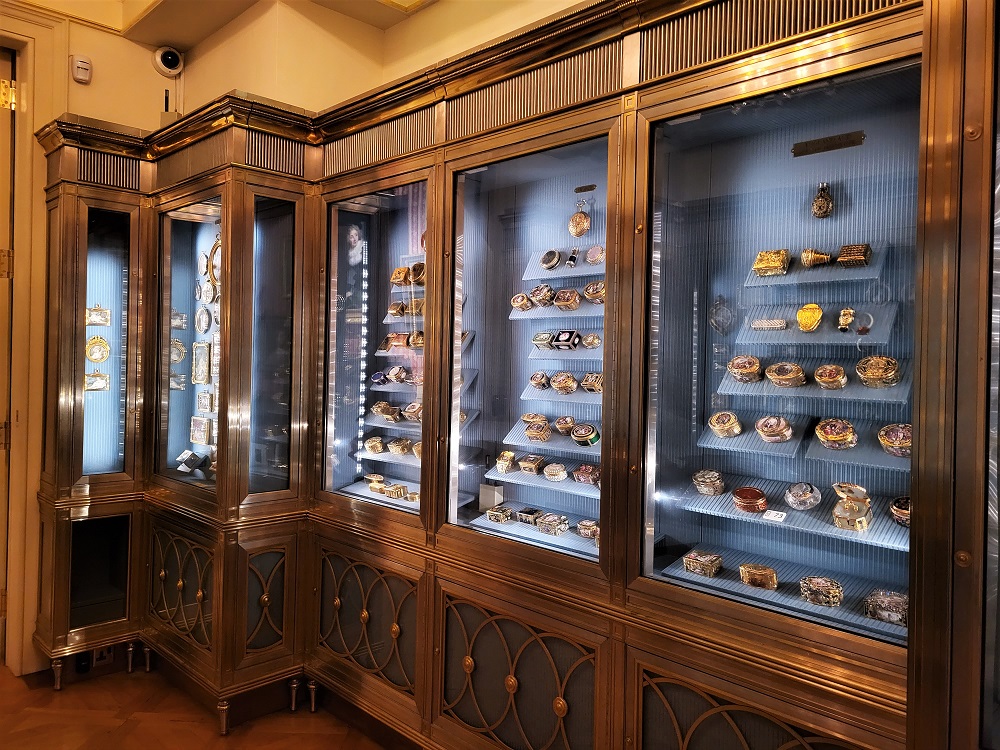
Next door is the cabinet, a small room exhibiting 17th and 18th century miniatures (above), which range from portraits and trinkets to embellished snuff boxes.
On walking through the cabinet, I found myself in the study (above), a large ornate room with furniture that was once owned by the infamous French Queen Marie-Antoinette.
Alongside the stunning furniture and dazzling wallpaper, there’s a series of cabinets displaying some exquisite Sèvres porcelain (above).
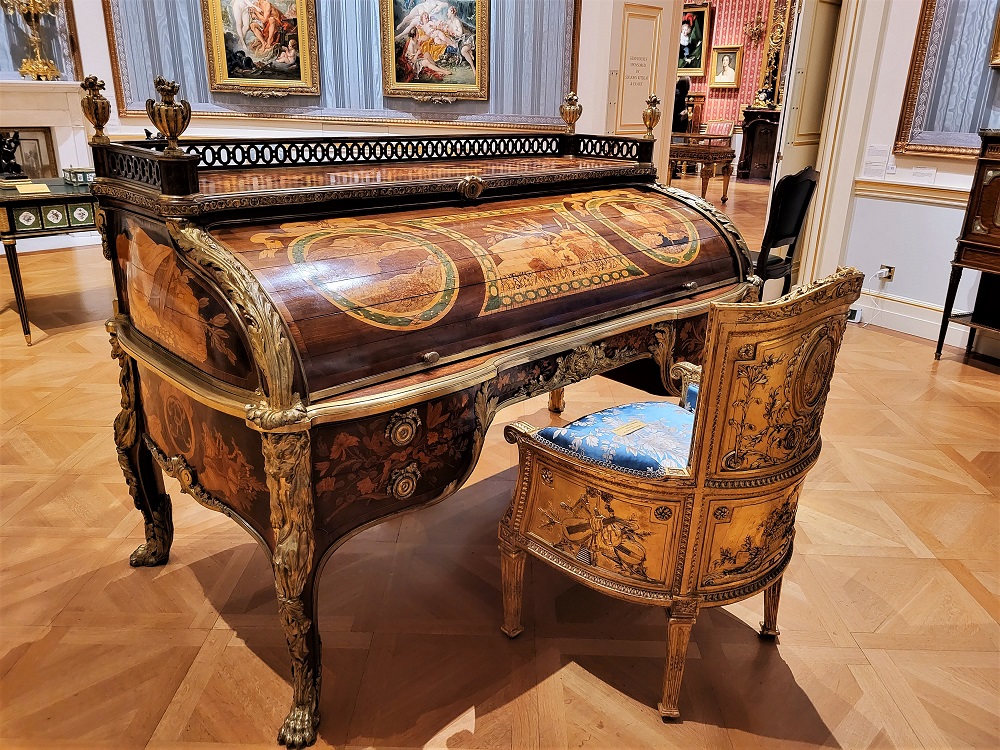
From the study, I ambled into a pretty oval room, where I was captivated by this beautiful writing desk (above).
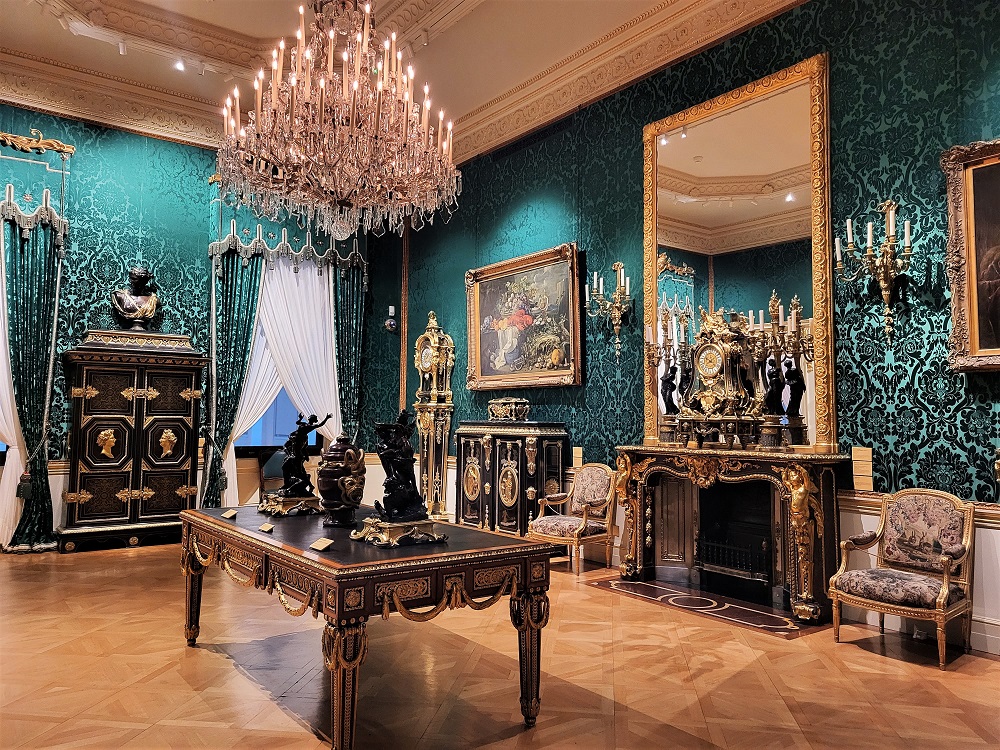
I continued to step inside one lavishly decorated and opulently furnished room after another.
First, the large drawing room (above), then the small drawing room (below), which was full of furniture dating from the reign of the French King Louis XV.
They were followed by the east drawing room, home to works by Flemish painters such as Rubens and Van Dyck, and from there, I found myself back in the east galleries.
The first of the east galleries displays paintings by Rembrandt and his followers, and one of the most impressive paintings is Rembrandt’s portrait of his son Titus (above).
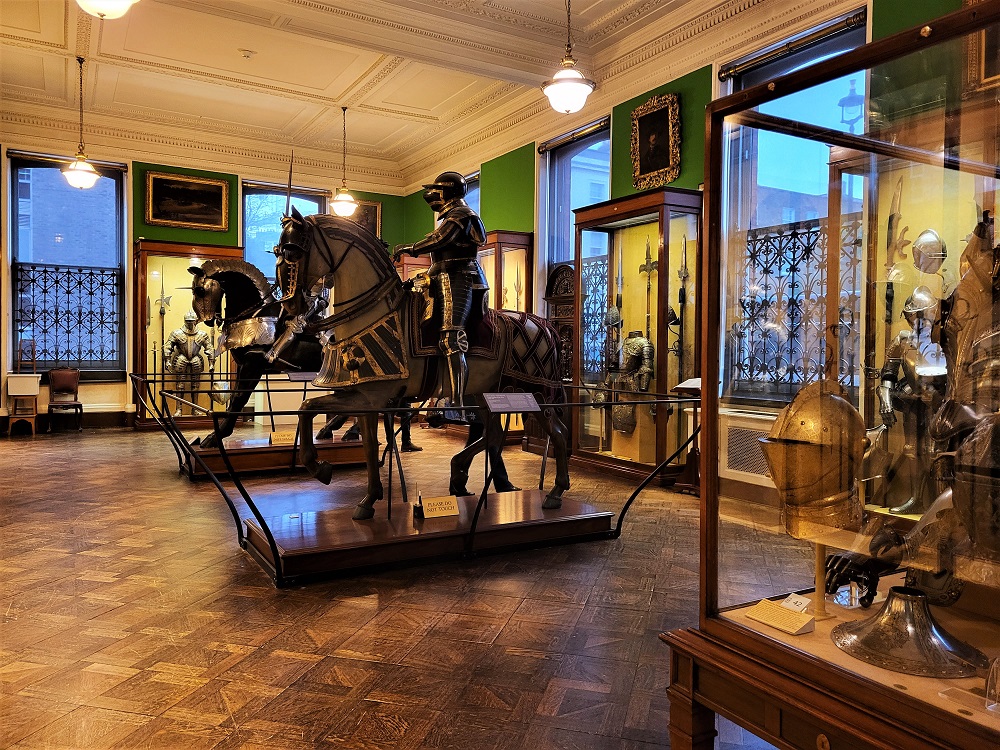
Having seen everything there was to see upstairs, I headed back downstairs to the armoury, a series of rooms showcasing an extensive array of arms and armour (above).

From there, I finished my visit with a look around the few remaining downstairs rooms I hadn’t had chance to see earlier.
These included the dining room, which was adorned with 18th century French portraits (above), and the billiard room, boasting furniture by Louis XV’s cabinet maker André-Charles Boulle (below).
My visit ended in the impressive back state room (below), which features a collection of works patronised by Louis XV and his ma?tresse-en-titre Madame de Pompadour.
By now I was feeling peckish, so I stopped off at The Wallace Collection’s sleek bistro for a quick bite to eat – a delicious cured trout and beetroot salad (below).

I always enjoy my visits to The Wallace Collection, it’s one of my favourite museums in London.
I have a tendency to forget just how lavish and ornate the interior is and how much there is to see, which means each time I go I come away just as impressed as the first time I visited.
Info
The Wallace Collection, Hertford House, Manchester Square, London W1U 3BN
Open daily, 10am to 5pm

